
Browse an alphabetical list of articles about the Holocaust and World War II. Learn more about topics such as the Nazi rise to power, how and why the Holocaust happened, life in Nazi camps and ghettos, and the postwar trials.
<< Previous | Displaying results 851-895 of 1105 for "Article" | Next >>
In July 1936, the SS opened the Sachsenhausen concentration camp as the principal concentration camp for the Berlin area.
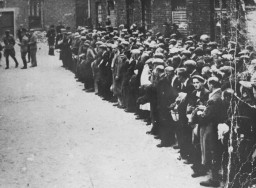
Learn about conditions in the Sachsenhausen concentration camp system and the treatment of prisoners there, including medical experiments and forced labor.
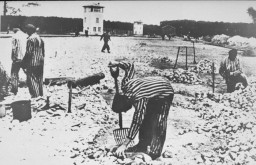
Key dates in the history of the Sachsenhausen camp in the Nazi camp system, from its establishment in 1936 to the postwar trial of camp staff in 1947.
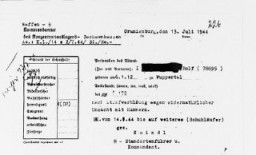
Learn about the death march of prisoners from the Sachsenhausen camp, liberation of the remaining prisoners, and postwar trials of camp staff.

Salonika, Greece was invaded and occupied by the Nazis in 1941. Learn more about the fate of the Jews in Salonika during World War II.
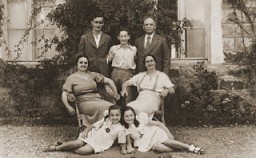
After WWII, many Holocaust survivors, unable to return to their homes, lived in displaced persons camps in Germany, Austria, and Italy. Read about Salzburg DP camp.
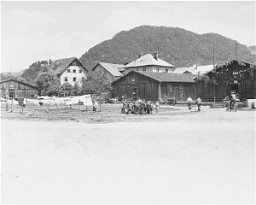
Read the Jewish Partisan Educational Foundation's short biography of Sam Gruber.
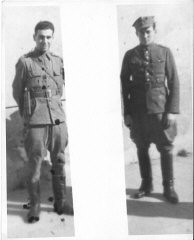
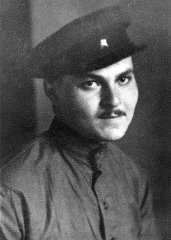
Read the Jewish Partisan Educational Foundation's short biography of Samuel Levi.
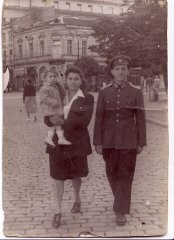
After WWII, many Holocaust survivors, unable to return to their homes, lived in displaced persons camps in Germany, Austria, and Italy. Read about Santa Maria di Bagni DP camp.
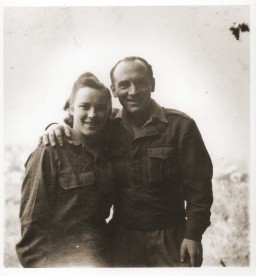
After WWII, many Holocaust survivors, unable to return to their homes, lived in displaced persons camps in Germany, Austria, and Italy. Read about Santa Maria di Leuca DP camp.
Read the Jewish Partisan Educational Foundation's short biography of Sara Fortis.
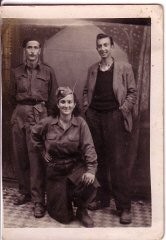
Children's diaries bear witness to some of the most heartbreaking events of the Holocaust. Learn about the diary and experiences of Sara Rachela Plagier.
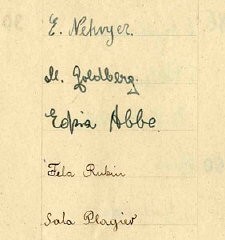
During the Weimar Republic (1919-1933), eugenics gained popularity in Germany. Learn more about the pseudoscience of “racial hygiene.”
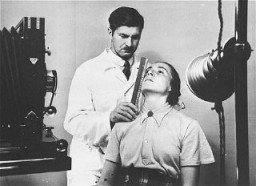
The Security Police (Sicherheitspolizei, SiPo) was a German police organization created by Heinrich Himmler. Learn about its origin and role in the Holocaust.

Learn about the voyages of the ships Orduña, Flandre, and Orinoco in May 1939, carrying Jewish refugees fleeing Nazi Germany and seeking safety in Cuba.
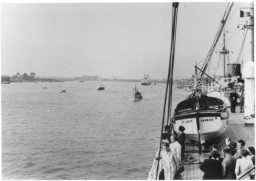
Learn about the fate of Sephardi Jewish communities during the Holocaust. On the eve of WWII, Europe's Sephardi Jews lived mostly in the Balkan countries.
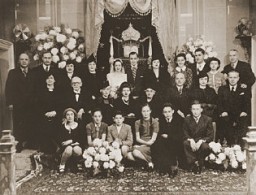
Read the Jewish Partisan Educational Foundation's short biography of Shalom Yoran.
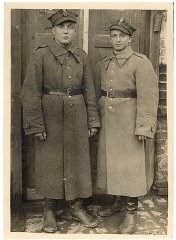
Sholem Asch was a Yiddish dramatist and novelist. He depicted small town Jewish life and socialist themes. His work was burned in Nazi Germany in 1933.
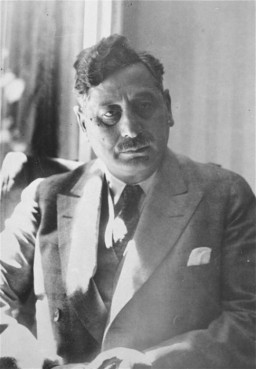
The Sicherheitsdienst (Security Service, SD) was a Nazi intelligence agency. Ideologically radical and part of the SS, it was a key perpetrator of the Holocaust.
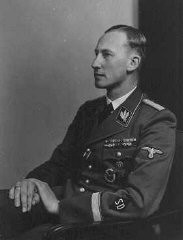
Julien Bryan’s ten-minute film Siege, first non-Nazi produced footage of the start of WWII, records horror and chaos in Warsaw following the German invasion.
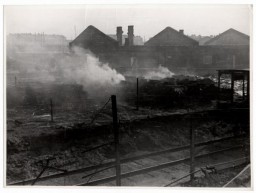
Learn about the history of Sighet, birthplace of Elie Wiesel. The Jewish population of Sighet was deported to Auschwitz in May 1944. Most of the deportees were gassed on arrival.
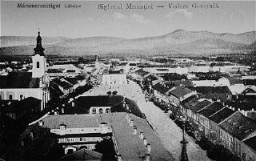
Sigmund Freud was the founder of psychoanalysis. The Nazis abhorred his new science and Jewish heritage. His works were burned in Germany in 1933. Learn more.
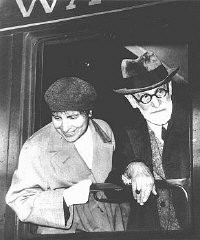
Sigrid Undset was a Norwegian author who won the Nobel Prize for Literature. In part because of her criticism of the Nazi regime, her work was burned in 1933.
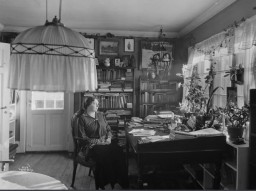
Read the Jewish Partisan Educational Foundation's short biography of Silvio Ortona.
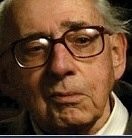
Read the Jewish Partisan Educational Foundation's short biography of Simon Trakinski.

To carry out the mass murder of Europe's Jews, the Nazis established killing centers that used assembly-line methods of murder. Sobibor was among these facilities.
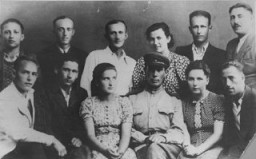
Explore a timeline of key events in the history of the Sobibor killing center in the General Government, the German-administered territory of occupied Poland.
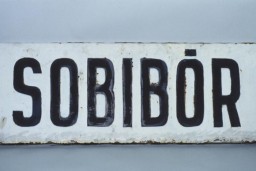
Under the most adverse conditions, Jewish prisoners initiated resistance and uprisings in some Nazi camps, including the Sobibor killing center.

Read the Jewish Partisan Educational Foundation's short biography of Solomon Lapidus.
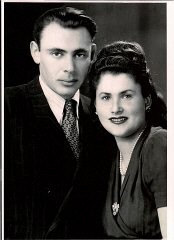
Groups of prisoners known as Sonderkommandos were forced to perform a variety of duties in the Nazi camp system, including in the gas chambers and crematoria.
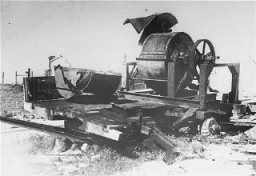
Read the Jewish Partisan Educational Foundation's short biography of Sonia Orbuch.
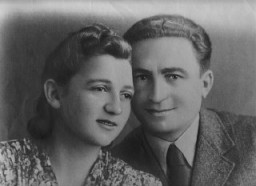
The Spanish Civil War (1936–39) was the bloodiest conflict western Europe had experienced since the end of WWI in 1918. It was a breeding ground for mass atrocities.
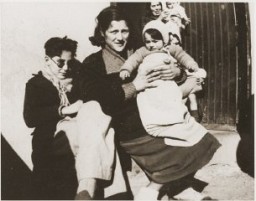
Cultural and educational activities, clandestine documentation and religious observances. Learn more about these and other types of spiritual resistance in ghettos in Nazi-occupied areas.
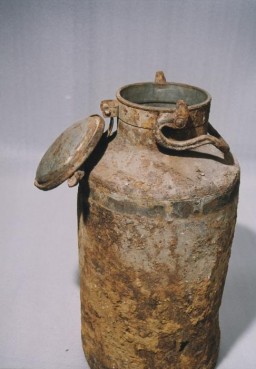
The SS (Schutzstaffel) was the elite guard of the Nazi regime and a virtual state within the Third Reich.
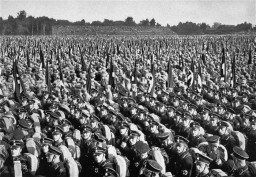
The SS was the elite guard of the Nazi regime and became a virtual state within a state in Nazi Germany. Learn about its role in carrying out Nazi policies.
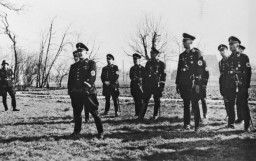
During World War II, SS and police leaders played a key role in the mass murder of Europe’s Jews. Learn how Himmler combined the SS and police to create a radical weapon for the Nazi regime.
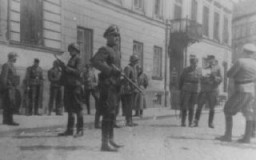
In 1933-1934, the SS seized control of the Nazi camp system. Learn more about the persecution, forced labor, and murder that occurred under SS camp rule.
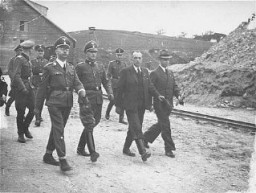
Learn more about the SS and the organization’s involvement in perpetrating the Holocaust.
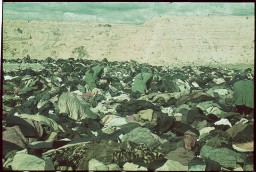
In 1945, the power and influence of the SS in Nazi Germany started to decline. Learn more about the subsequent disintegration and postwar trials.
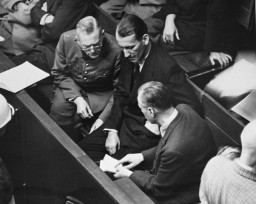
Key dates in the history of the SS (Schutzstaffel; Protection Squadrons), charged with the leadership of the “Final Solution,” the murder of European Jews.
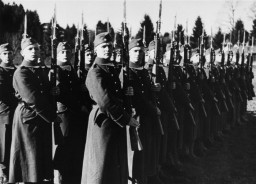
The SS oversaw policing, intelligence, and the camp system in Nazi Germany. Learn more about the Schutzstaffel and its rise to power.
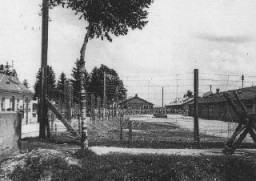
"Learn more about Stanisławów during World War II. This article is an excerpt from Nechama Tec’s Resilience and Courage: Women, Men, and the Holocaust (2003). "
Learn more about the history of Stanisławów during the Holocaust and World War II.
We would like to thank Crown Family Philanthropies, Abe and Ida Cooper Foundation, the Claims Conference, EVZ, and BMF for supporting the ongoing work to create content and resources for the Holocaust Encyclopedia. View the list of donor acknowledgement.